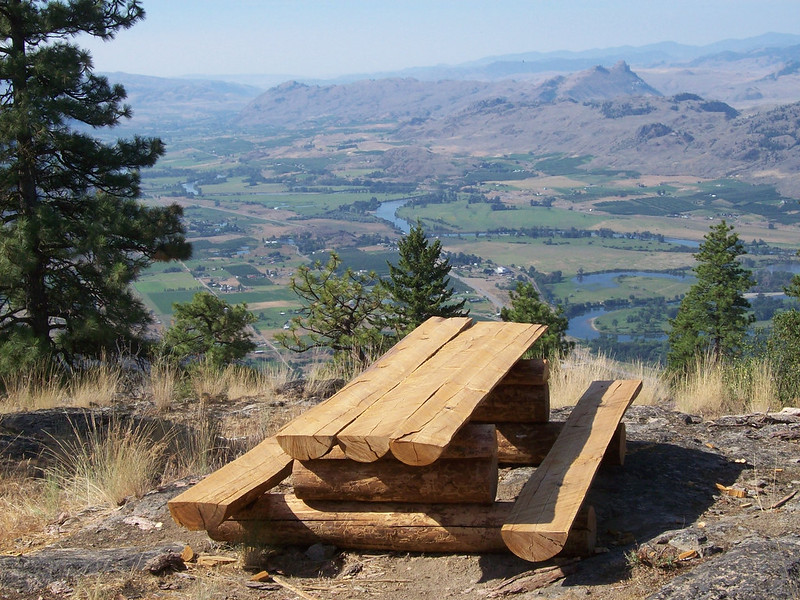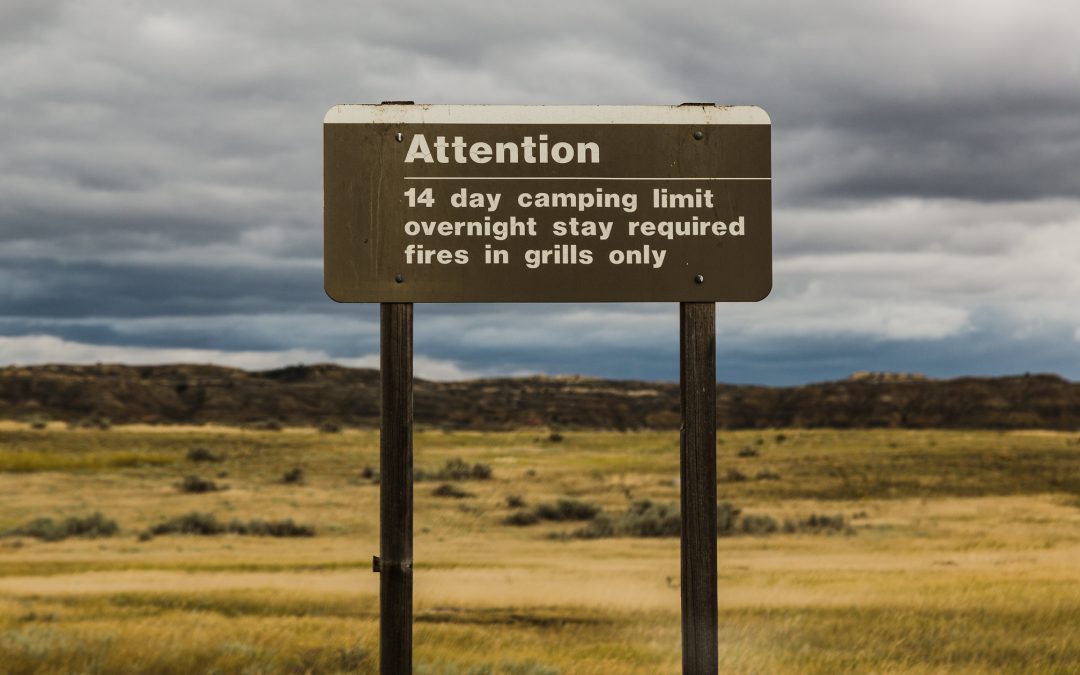Boondocking is an increasingly popular way to explore the great outdoors, and for good reason. This off-grid camping style allows you to enjoy nature in its purest form without the constraints of traditional campsites. However, with this freedom comes responsibility, and it’s important to be aware of the rules and regulations that govern boondocking. In this comprehensive guide, we’ll provide everything you need to know to enjoy your boondocking adventure with peace of mind.
What is Boondocking?
Boondocking, also known as dry camping or off-grid camping, is the practice of camping in remote or undeveloped areas without the use of hookups or other facilities. Boondocking locations can range from public lands managed by government agencies to private property with permission from the landowner. Boondocking is becoming increasingly popular among outdoor enthusiasts because it offers a more intimate and authentic camping experience.
Boondocking Rules and Regulations

Trails to Blaze on BLM’s National Conservation Lands” by mypubliclands is licensed under CC BY 2.0.
National Forest Service
The National Forest Service (NFS) oversees many public lands where boondocking is permitted. When boondocking on NFS lands, it’s important to follow the rules and regulations, which can vary depending on the specific area. Some common rules include obtaining a permit, adhering to fire restrictions, and properly disposing of waste. It’s also important to be aware of any seasonal closures or restrictions that may be in place.
Bureau of Land Management
The Bureau of Land Management (BLM) is another agency that manages public lands where boondocking is allowed. Boondocking on BLM lands comes with its own set of rules and regulations, including obtaining a permit and adhering to camping restrictions. It’s also important to be aware of any specific recreation opportunities that may be available, such as hiking or fishing.
State and Local Regulations
In addition to federal regulations, it’s important to be aware of any state and local regulations that may apply when boondocking. These can include obtaining a permit, adhering to fire restrictions, and observing vehicle restrictions. It’s important to research the specific regulations for your chosen boondocking location to ensure that you are following all applicable rules.
Leave No Trace Principles
Boondocking is all about enjoying nature, but it’s important to do so responsibly. The Leave No Trace principles are a set of guidelines for minimizing your impact on the environment while boondocking. These principles include things like packing out all trash, minimizing campfire impact, and respecting wildlife.
Safety and Security
Boondocking can be a safe and enjoyable experience, but it’s important to take some basic precautions to ensure your safety and security. These precautions include staying aware of your surroundings, avoiding dangerous areas, and being prepared for emergencies.\
Resources
- Dispersed Camping Guidelines – U.S. Forest Service Description: A comprehensive resource for dispersed camping (boondocking) guidelines, rules, and regulations on U.S. Forest Service lands. URL: https://www.fs.usda.gov/visit/know-before-you-go/dispersed-camping
- Boondocking on Public Lands – Bureau of Land Management Description: An official resource from the Bureau of Land Management (BLM) providing information about boondocking on BLM lands, including rules and regulations. URL: https://www.blm.gov/programs/recreation/camping/boondocking
- Leave No Trace Principles – Leave No Trace Center for Outdoor Ethics Description: The official website of the Leave No Trace Center for Outdoor Ethics, featuring information on the seven Leave No Trace principles and how to apply them during your boondocking experience. URL: https://lnt.org/why/7-principles/
- Boondocking Safety Tips and Guidelines – RVshare Description: An article from RVshare discussing safety and security tips for boondocking, including how to stay aware of your surroundings and be prepared for emergencies. URL: https://rvshare.com/blog/boondocking-safety-tips/
- Campendium – Discover the Best Camping Description: A popular website and app for finding boondocking spots, featuring user-submitted reviews, photos, and tips for boondocking locations across the United States. URL: https://www.campendium.com/
FAQ
Q: What permits do I need to go boondocking?
A: The permits required for boondocking can vary depending on the location. Be sure to research the specific regulations for your chosen boondocking area to determine if a permit is required.
Q: Are there any restrictions on the length of my stay while boondocking?
A: The length of your stay may be restricted depending on the specific regulations for your chosen boondocking area. Be sure to research the regulations to determine if any restrictions apply.
Q: Can I have a campfire while boondocking?
A: Campfire regulations can vary depending on the location and the time of year. Some areas may prohibit campfires altogether, while others may require a permit or restrict the use of certain types of firewood. It’s important to research the specific regulations for your chosen boondocking area to determine if campfires are allowed, and if so, what restrictions may apply.
Q: How do I dispose of my waste while boondocking?
A: Proper waste disposal is a critical part of responsible boondocking. Be sure to pack out all trash and dispose of human waste properly, using techniques such as digging catholes or using portable toilets.
Q: What do I do if I encounter wildlife while boondocking?
A: When encountering wildlife while boondocking, it’s important to keep a safe distance and avoid disturbing the animals. Be sure to research any specific wildlife regulations that may apply to your chosen boondocking area.
Q: What are the best practices for boondocking?
A: Some of the best practices for boondocking include researching your chosen location, obtaining any necessary permits, adhering to all rules and regulations, respecting the environment, and practicing good safety habits.
Q: How do I find good boondocking spots?
A: Finding good boondocking spots can be a challenge, but there are many resources available to help. Some popular options include online forums, mobile apps, and guidebooks specifically dedicated to boondocking.
Conclusion
Boondocking offers a unique and rewarding way to explore the great outdoors, but it’s important to do so responsibly and in compliance with all rules and regulations. By following the guidelines outlined in this guide, you can enjoy your boondocking adventure with peace of mind and ensure that these remote and undeveloped areas remain pristine for future generations.
Featured Image Credit: “Nelson Creek Recreation Area – Boondocking Camping/RV Spot” by Tony Webster is licensed under CC BY-SA 2.0.

